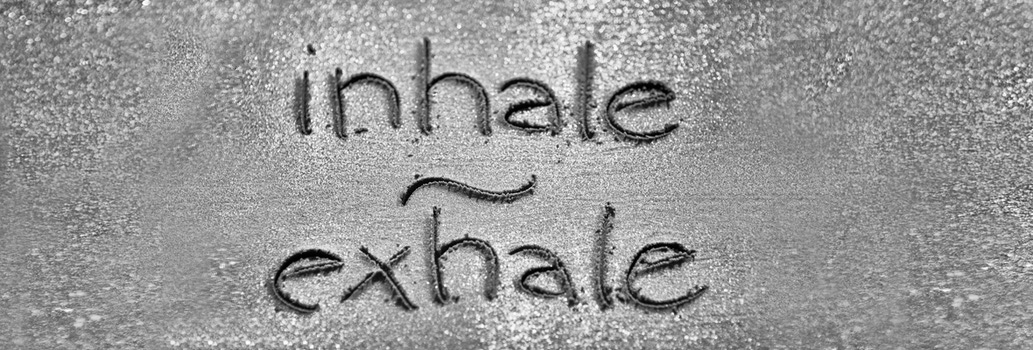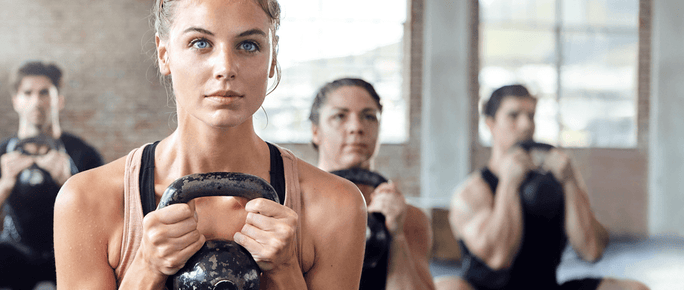
Stressed? The way you breathe can change your day
Breathe in, breathe out. It’s something we all do subconsciously every single day. But what if this simple act could do even more for us than keeping our bodies going? What if breathing could help to lessen your stress?
Australians are more stressed than ever and the feeling can be crippling. In fact, almost 5 million Aussies report suffering from stress.
In this modern era of social media and the 24-hour mobile workplace, people swap the word ‘busy’ for ‘stressed’ interchangeably – and it’s often worn like a badge of honour.
So, can taking a deep breath really reduce your stress levels? And if so, how?
Generally, when a person is stressed they take quick shallow breaths sending a message to their nervous system to release a flood of stress hormones (like adrenaline, noradrenaline and cortisol).
While taking slow and steady breaths signals to the brain that everything is okay, helping to calm the mind and reduce physical symptoms of stress.
The power of breathing has long been recognised as a helpful tool to promote calmness, with recent research highlighting the strong neurological connection between stress and breath.
Why not give it a try? Here are four simple breathing techniques to help relieve stress:
Pursed lip breathing
How it works
This technique is simple, but very effective. The idea is to breathe out for double the amount of time you inhale, helping to expel any air trapped in your lungs. Take a normal breath in through your nose for 2 counts. Then, pucker your lips and exhale for about 4 counts. Repeat for a few rounds.
When it works best
It can be done at your desk to help reduce stress when your to-do list feels overwhelming.
Diaphragmatic breathing
How it works
This technique helps train your diaphragm to do all the hard work for you. It is also known as belly or abdominal breathing. To start, place one hand on your chest and the other on your tummy while you’re sitting or standing. Breathe in deeply and slowly through your nose, feeling air filling your belly (not your chest). Then, breathe out slowly through your lips. Keep breathing with your diaphragm for 5-10 minutes.
When it works best
Diaphragmatic breathing helps centre your thinking and can be particularly helpful before an exam or another event that you may be worried about.
Coherent breathing
How it works
We’re getting serious now! The aim of this technique is to breathe at a rate of 5 breaths per minute. That’s about one inhale and exhale every 6 seconds. If you’ve never done this before, you might want to try inhaling and exhaling to the count of 3 seconds to start. Start by sitting or lying down, place your hands on your belly and use the diaphragmatic technique of breathing. Slowly breathe in, counting to 5, as your diaphragm fills. Then, exhale in one slow breath, counting to 6. Continue for 10 minutes, or as long as you can.
When it works best
All day, everyday. This is one to incorporate a few times throughout your schedule to keep stress under control.
Teddy bear breathing
How it works
Kids too can often feel stressed or anxious, so this exercise is great for little ones to try. Get them to lie down on their back, with one hand on their chest and their favourite stuffed animal on their belly button. Ask them to close their eyes and relax. They’ll start by breathing in through the nose, encouraging them to make the stuffed animal on their tummy rise – not their chest. After a full breath, hold it, count to 3 then ask them to breathe out. Repeat until they feel relaxed.
When it works best
Just as you feel their mood change and before they spiral towards a meltdown or tantrum. It’s a great distraction and a simple calming method that involves their favourite cuddle buddy. Also a great idea to slow them down before bed.

The latest nutrition advice, plus health and wellness tips delivered to your inbox monthly

